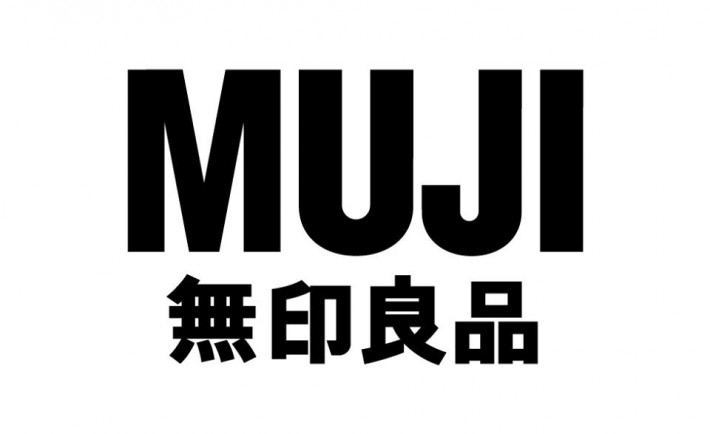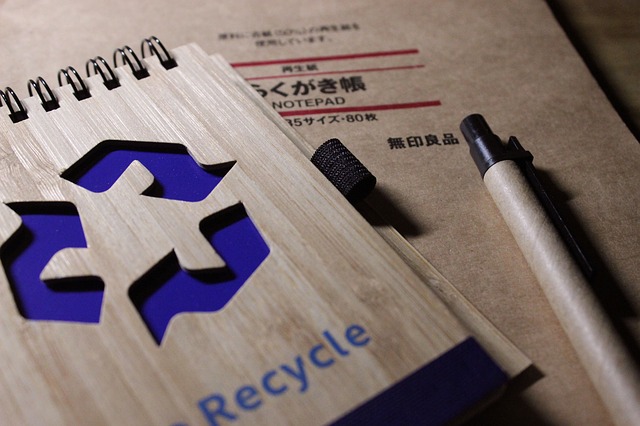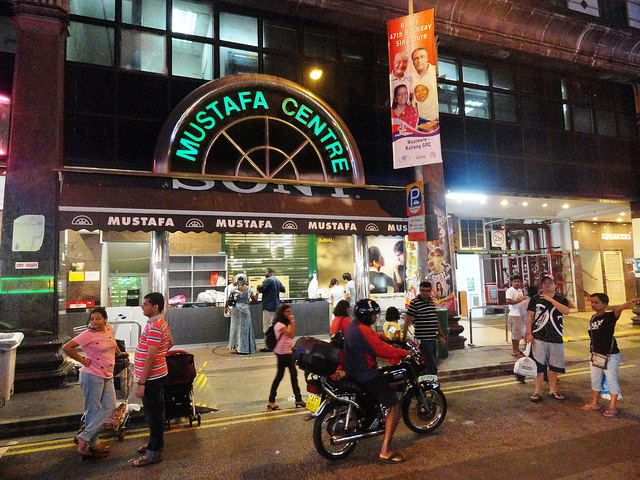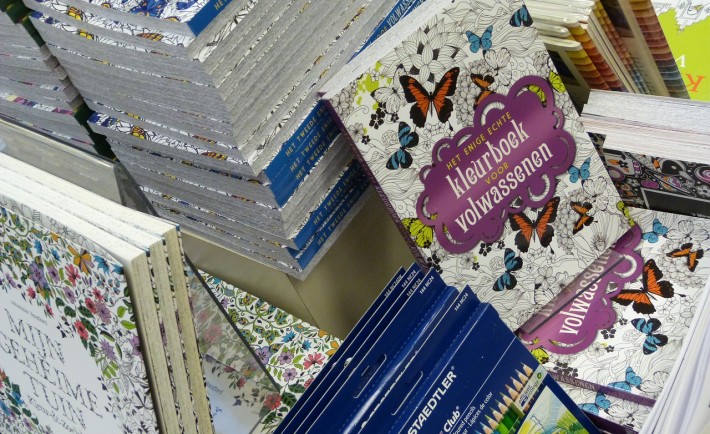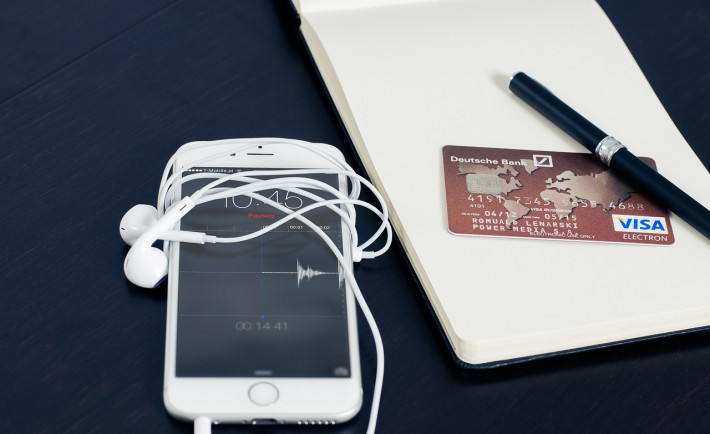For the past few decades, Japanese brands had been circulating the worldwide market. Valuing their historical significance, contemporary influence, and innovative style, Japan never seize to amaze its consumers. Myself included. Personally, there is one Japanese brand close to my heart and it is called MUJI.
MUJI’s products are not only simple but also efficient. Most of their products are practical such as the “CT LINEN POLY SOFT BOX OBLONG“, a foldable fabric storage box for only S$13.
Curated by Ryohin Keikaku Co., Ltd., MUJI upholds the philosophy of bringing quality products at lower prices. This is because of their intensive selection for raw materials. A testament of that are their stationery items including office supplies, packaging items, acrylic storage, desktop items, and handphone accessories with prices ranging from S$0.90-S$49.
Given that their prices are reasonable, you can still save further by using these tips:
1. SHOP ONLINE WITH CUPONATION
CupoNation has a huge database of the coupon codes and deals across Singapore. If you browsed through their coupon codes and discounted deals for MUJI this September 2015, you would see that you might avail the following offers in MUJI’s online store:
a. 10% on Women’s Linen products
b. 10% OFF + Free Delivery on Selected Travel Items
c. 10% OFF on Spring Accessories
d. 10% OFF on Kids Linen products
e. 10% OFF on Men’s Linen items
2. GO DIRECTLY TO THE SALE ITEMS PAGE
If you are shopping in a rush, you may skip CupoNation but go directly to the “SALE ITEMS” page. In this page, you would see that there are two types of special offers namely: sale items and limited offers. As the name suggests, limited offers are available for a shorter period of time compared to the sale items.
Let me be the good messenger as I tell you that the sale items boast in an array of clothing articles such as French Linen Boat Neck Dress for S$48.30 (U.P. S$69) and Linen Cropped Easypants for S$34.30 (U.P. S$49.00). While, the limited offers include the Gel Ink Pens for S$1.44 (U.P. S$1.60) and the Ochiwata Duster Set for S$7.47 (U.P. S$8.30).
3. SPEND AN AFFORDABLE AMOUNT ON UNIQUE, QUIRKY, AND COOL ITEMS
Feeling adventurous does not have to be expensive! You can save money on unique, quirky, and cool authentic Japanese items by shopping at MUJI. For instance, you may try their selection of special and tasty snacks and desserts such as white chocolate strawberry, scallop rice kit, and pretzel mustard.
Also, dig into the cool and innovative items such as the “HANDY SHREDDER” which is a stand-alone portable shredder for your everyday use. It is available for S$11.
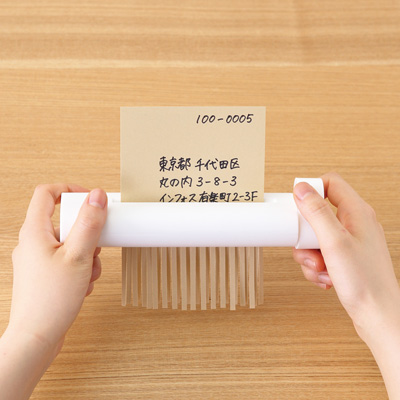
Image Credits: www.muji.com.sg
4. FOLLOW THE DEALS
It can be overwhelming when you go inside the store. So, come prepared by stalking them on social media. Get the inside scoop of their store activities, product launches, and latest deals by following facebook.com/muji.sg.
Currently, the revamped Paragon outlet include the first Café&Meal MUJI as well as the following in-store deals:

